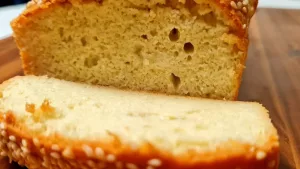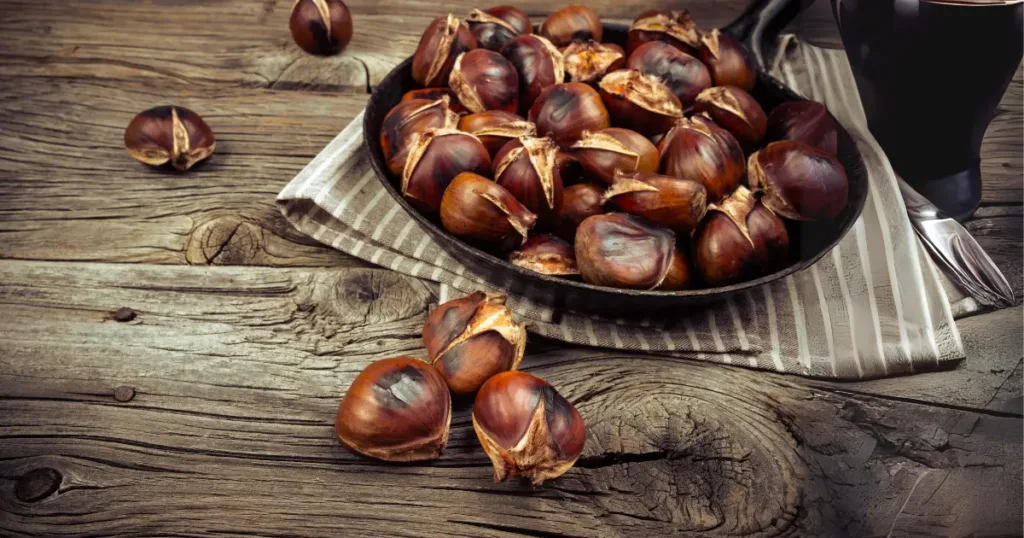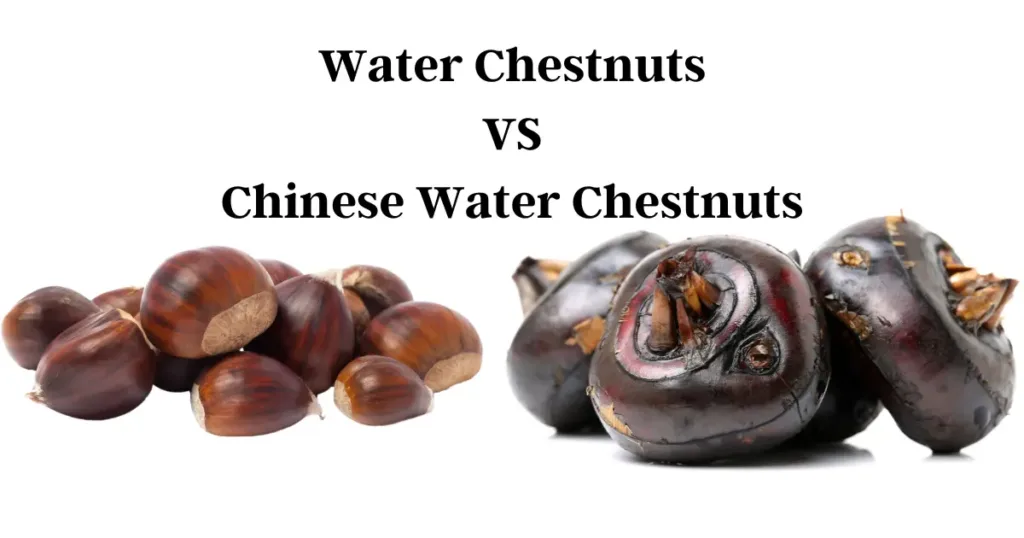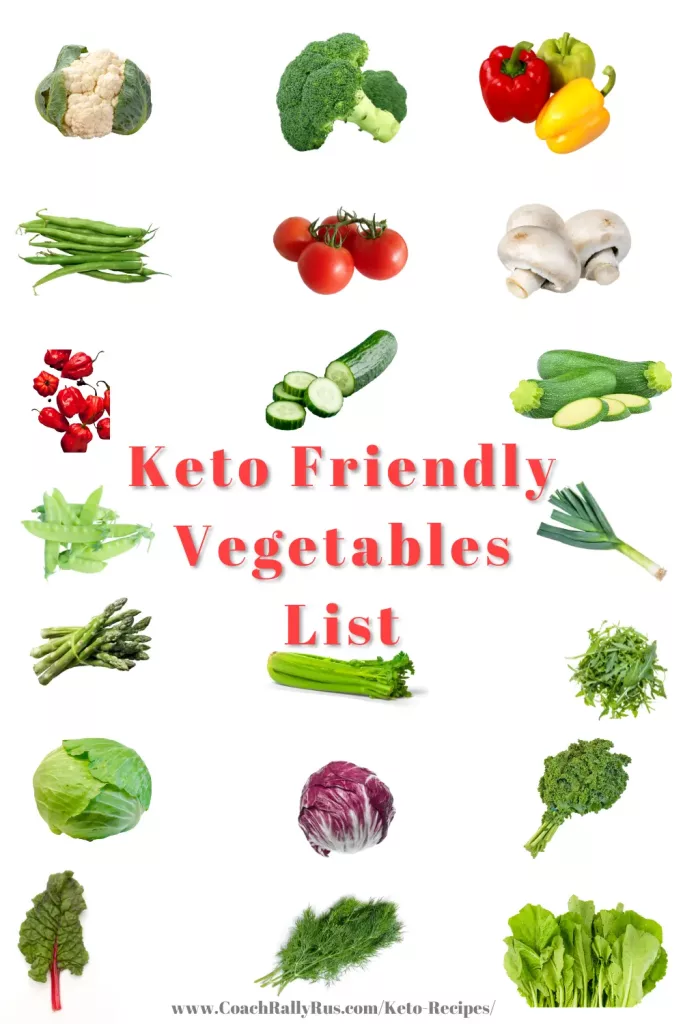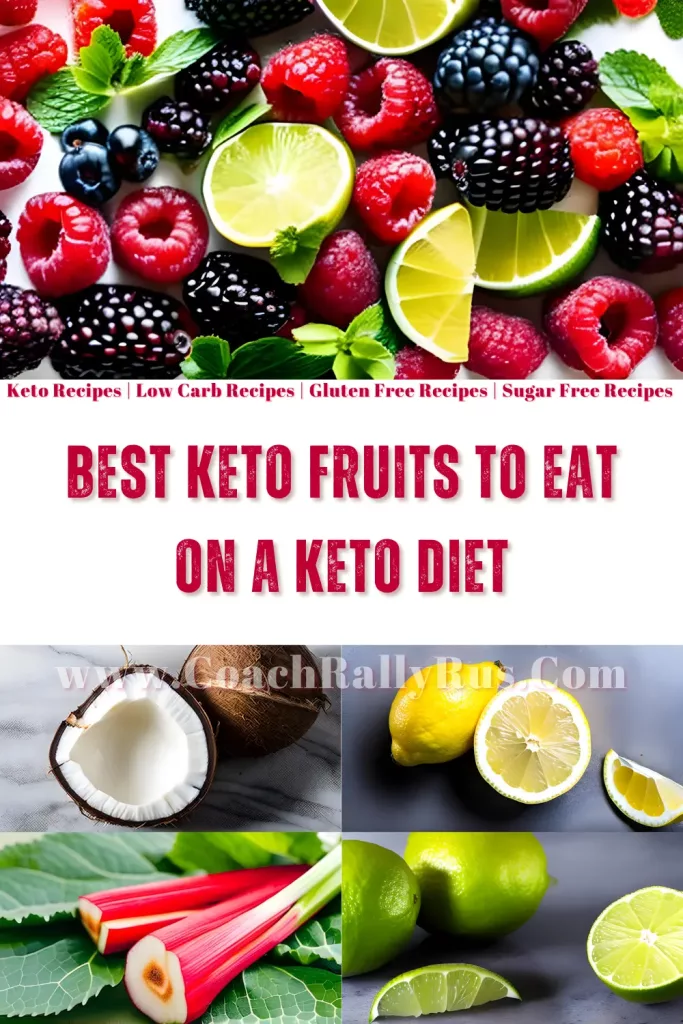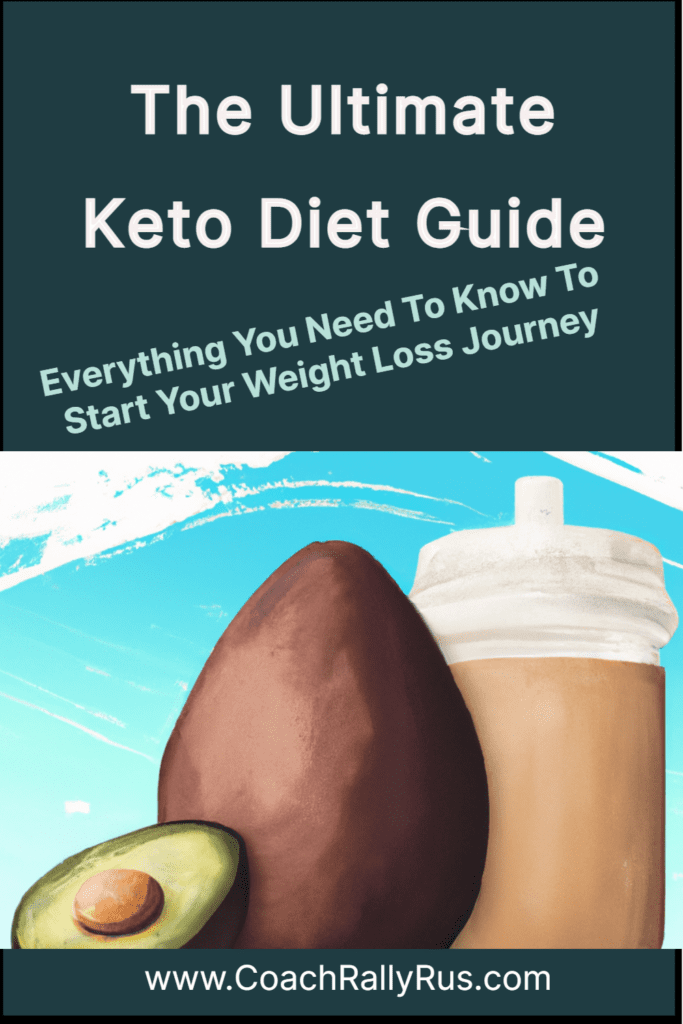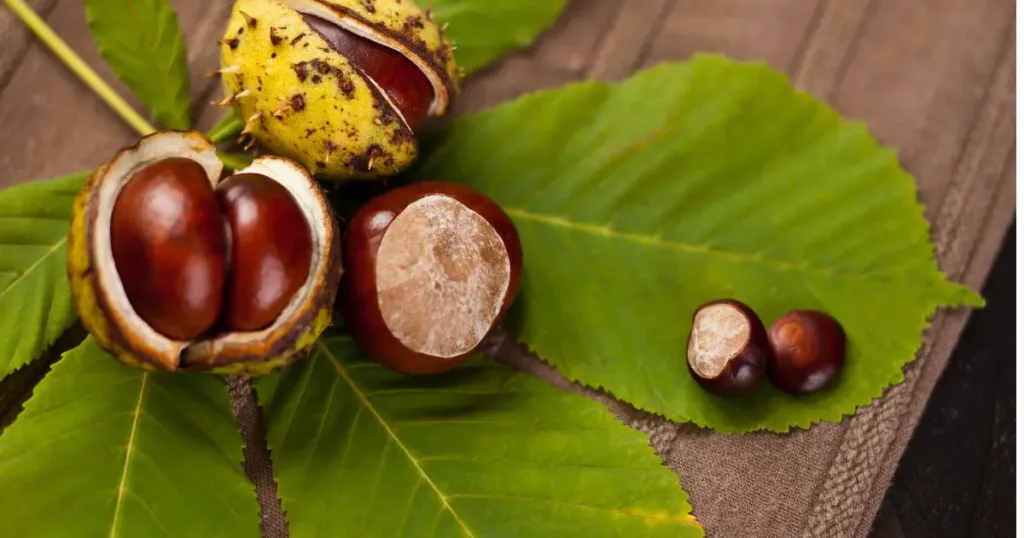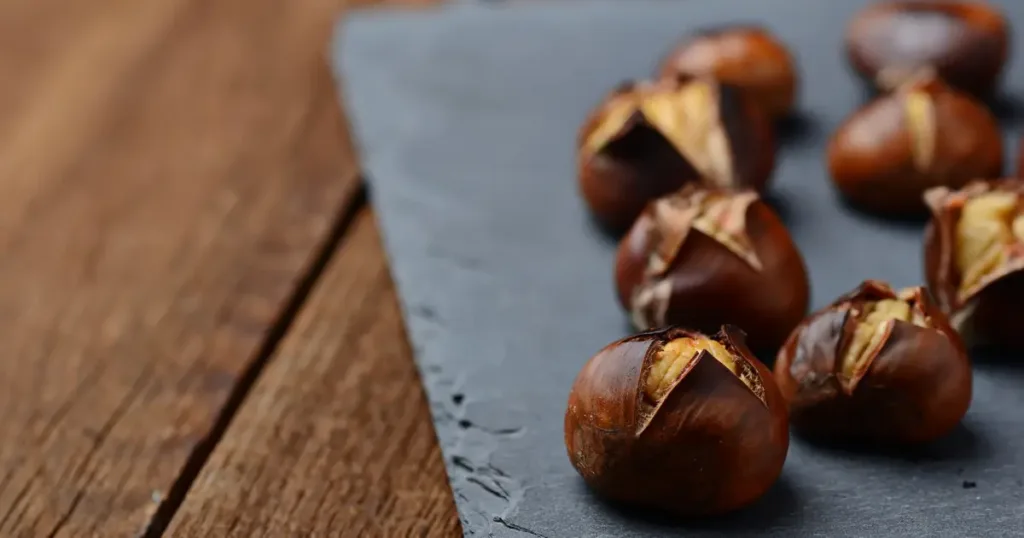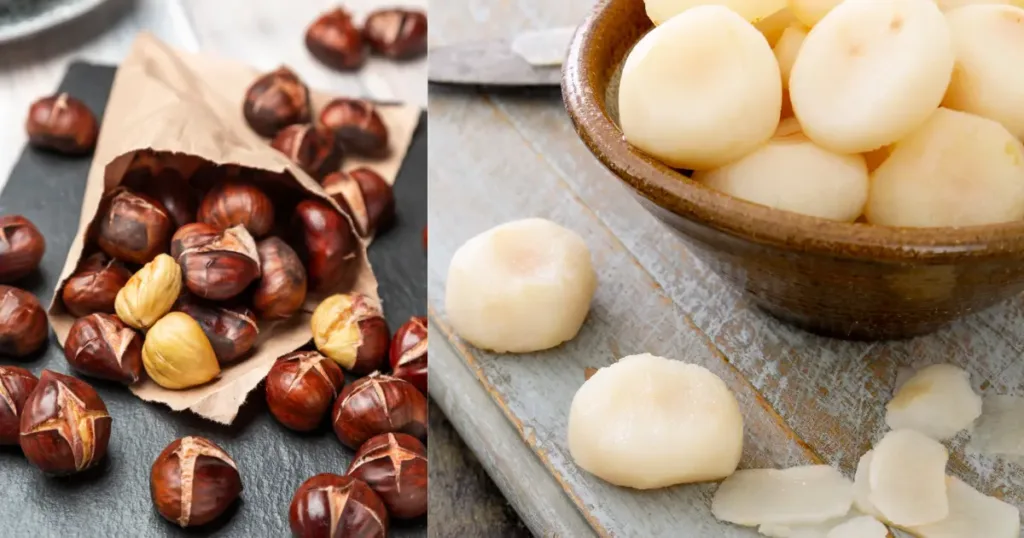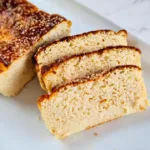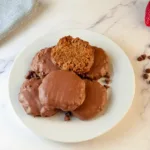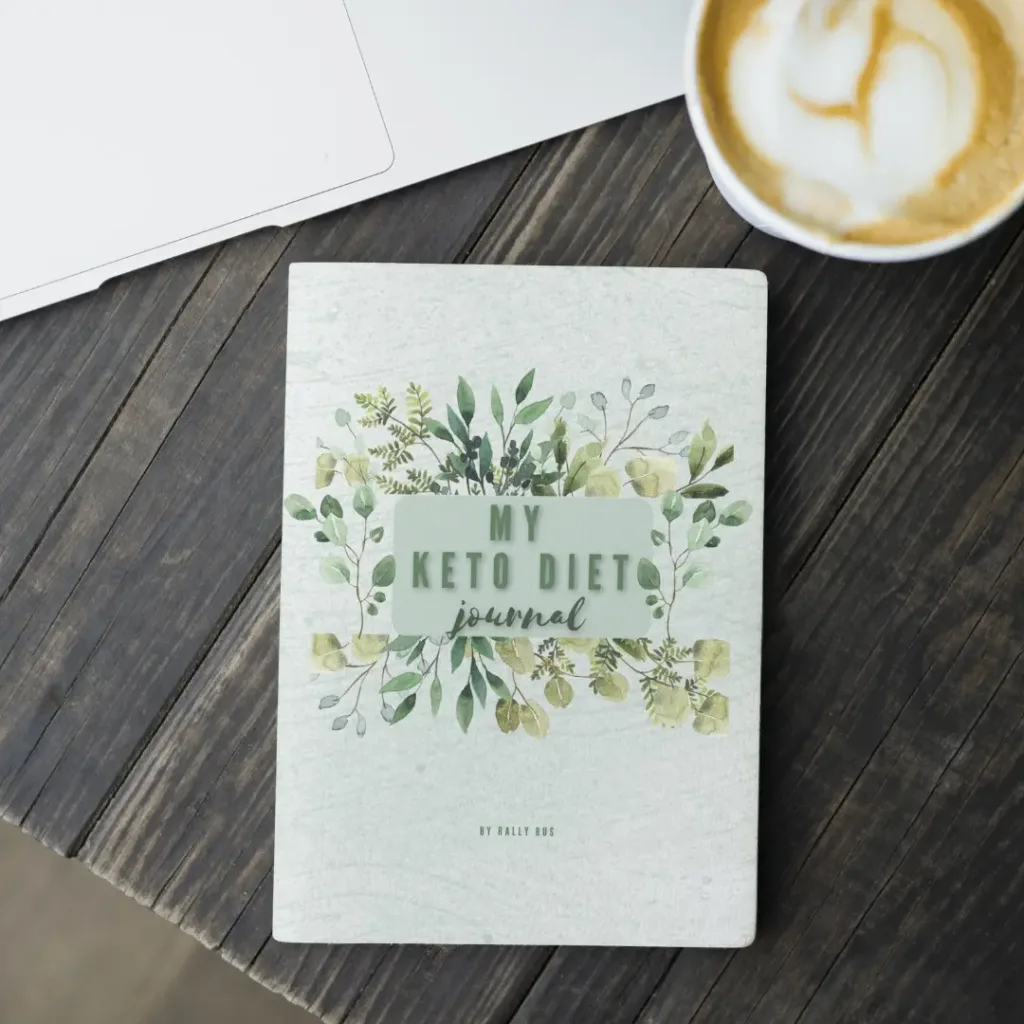Water chestnuts are a crunchy and refreshing vegetable that can add a nice texture and flavor to your dishes. But are they keto-friendly? The answer is *NO*. Water chestnuts are high in carbs and not suitable for a low-carb diet. However, there are many other low-carb alternatives that can replace water chestnuts in your recipes and still give you the crunch and taste you want.
In this blog post, we will cover the following topics:
Table of Contents
What Are Water Chestnuts?
Water chestnuts are not actually nuts, but small tubers that grow in freshwater ponds, marshes, and lakes. They are native to Asia, Africa, and Australia, but they are also cultivated in other parts of the world, such as North America and Europe. Water chestnuts have brown skin and white flesh that is crisp and juicy. They have a mild, slightly sweet flavor and a crunchy texture that resembles apples or pears. Water chestnuts are usually sold fresh, canned, or frozen in Asian markets or grocery stores.
To buy fresh water chestnuts, look for firm, smooth, and unblemished tubers that are heavy for their size. Avoid any that are soft, wrinkled, or moldy. Fresh water chestnuts can be stored in the refrigerator for up to two weeks, or in the freezer for up to six months. To prepare fresh water chestnuts, peel off the skin with a vegetable peeler or a sharp knife, and rinse them well under cold water. You can then slice, dice, or grate them as desired. Canned or frozen water chestnuts do not need to be peeled, but they should be rinsed and drained before use.
Water chestnuts can be eaten raw or cooked in various ways. They are a popular ingredient in Chinese cuisine, especially in stir-fries, soups, salads, and dumplings. They can also be added to curries, casseroles, pies, and other dishes to add crunch and flavor. One of the most famous water chestnut recipes is bacon-wrapped water chestnuts, which are marinated in soy sauce, brown sugar, and ketchup, and then baked in the oven until crispy. Water chestnuts can also be made into flour, starch, or sugar, which are used in baking, thickening, or sweetening.
Is Chinese Water Chestnut Keto-Friendly?
Chinese water chestnut, also known as Eleocharis dulcis, is a type of water chestnut that belongs to the sedge family. It is different from the water chestnut that is commonly used in Western cuisine, which is a species of Trapa natans. Chinese water chestnut has a dark brown skin and a white flesh that is more starchy and less crunchy than the other water chestnut. It is widely cultivated and consumed in China, Southeast Asia, and Oceania. Chinese water chestnut is usually harvested in the winter, when the water level drops and the tubers are exposed. It can be eaten raw, boiled, steamed, fried, or candied. It is often used in desserts, such as water chestnut cake, water chestnut pudding, and water chestnut jelly.
But is Chinese water chestnut keto-friendly? The answer is “NO“. Chinese water chestnut is a high-carbohydrate food that is not suitable for a low-carb diet. According to the USDA, one cup (227 g) of sliced Chinese water chestnuts contains 32.2 grams of total carbohydrates, of which 4.6 grams are dietary fiber and 5.6 grams are sugars. This means that one cup of Chinese water chestnuts has 27.6 grams of net carbs, which is more than the daily carb limit for most keto dieters. Chinese water chestnut also has a high glycemic index, which means that it can raise your blood sugar levels quickly and interfere with ketosis. Therefore, Chinese water chestnut is not a keto-friendly food and should be avoided if you are following a ketogenic diet.
Looking for more Keto Friendly Vegetables?
Read this:
Nutritional Value of Water Chestnuts
Water chestnuts are a nutritious and low-calorie vegetable that can provide many health benefits. They are rich in fiber, antioxidants, and minerals that can support your digestion, immunity, and metabolism. Here are some of the nutritional facts about water chestnuts:
- A 3.5-ounce (100-gram) serving of raw water chestnuts has 97 calories, 0.1 grams of fat, 23.9 grams of carbs, 3 grams of fiber, 2 grams of protein, and 20.9 grams of net carbs.
- Water chestnuts are a good source of potassium, manganese, copper, vitamin B6, and riboflavin, meeting 17% of the daily value (DV) for each of these nutrients in a 3.5-ounce serving.
- Water chestnuts also contain small amounts of vitamin C, vitamin E, calcium, magnesium, phosphorus, zinc, and iron.
- Water chestnuts have a high water content, which makes them a hydrating and filling food. They are 74% water by weight.
- Water chestnuts have high amounts of antioxidants, especially in the peel. These antioxidants can help protect your cells from oxidative stress and inflammation, which are linked to chronic diseases such as heart disease, diabetes, and cancer.
- Water chestnuts contain ferulic acid, catechin gallate, epicatechin gallate, and gallocatechin gallate, which are antioxidants that have anti-inflammatory, anti-cancer, and anti-diabetic properties.
- Water chestnuts are a high-volume food, meaning they have a low calorie density and a high satiety value. They can help you feel full and satisfied with fewer calories, which can aid in weight loss or weight management.
As you can see, water chestnuts are a very nutritious and beneficial vegetable that can enhance your diet and health. They are also versatile and delicious and can be used in many dishes and recipes.
Health Benefits of Water Chestnuts
Water chestnuts are a nutritious and low-calorie vegetable that can provide many health benefits. They are rich in fiber, antioxidants, and minerals that can support your digestion, immunity, and metabolism. Here are some of the health benefits of water chestnuts:
- Reduced stroke risk and improved blood pressure: Water chestnuts are a good source of potassium, which may reduce your risk of stroke and high blood pressure, both of which are linked to heart disease. Studies suggest that people whose diets contain plenty of potassium have a significantly lower risk for stroke and high blood pressure.
- Antioxidants: Water chestnuts contain high amounts of antioxidants, especially in the peel. These antioxidants can help protect your cells from oxidative stress and inflammation, which are linked to chronic diseases such as heart disease, diabetes, and cancer. Water chestnuts contain ferulic acid, catechin gallate, epicatechin gallate, and gallocatechin gallate, which are antioxidants that have anti-inflammatory, anti-cancer, and anti-diabetic properties.
- Digestive health: Water chestnuts are high in fiber, which helps your body digest food more efficiently. Fiber aids digestion by helping food move through your large intestine. Fiber also absorbs water, which softens stools and allows them to pass more smoothly. Water chestnuts are a low FODMAP food, which means they do not cause digestive problems for people with irritable bowel syndrome (IBS) or other gut issues.
- Weight loss: Water chestnuts are a high-volume food, meaning they have a low calorie density and a high satiety value. They can help you feel full and satisfied with fewer calories, which can aid in weight loss or weight management.
Are Water Chestnuts Keto-Friendly?
Water chestnuts are a crunchy and refreshing vegetable that can add a nice texture and flavor to your dishes. But if you are following a keto diet, you may wonder if they are compatible with your low-carb lifestyle. The answer is *NO*. Water chestnuts are not keto-friendly, and here’s why:
- Water chestnuts are high in carbohydrates, especially starch. A 3.5-ounce (100-gram) serving of raw water chestnuts has 97 calories, 0.1 grams of fat, 23.9 grams of carbohydrates, 3 grams of fiber, and 2 grams of protein. This means that they have 20.9 grams of net carbs per serving, which is more than the daily carb limit for most keto dieters. Water chestnuts also have a high glycemic index, which means that they can raise your blood sugar levels quickly and interfere with ketosis.
- Water chestnuts are not a good source of fat or protein, which are the main macronutrients on a keto diet. Fat and protein help you feel full and satisfied, as well as provide energy and support various bodily functions. Water chestnuts, on the other hand, are mostly water and carbs, which can make you hungry and crave more food. Water chestnuts also lack many essential vitamins and minerals that are important for your health.
- Water chestnuts are not a common or easily available ingredient in most parts of the world. They are mainly grown and consumed in Asia, where they are used in stir-fries, soups, salads, and desserts. They are usually sold fresh, canned, or frozen in Asian markets or grocery stores, but they can be expensive and hard to find. Water chestnuts also have a short shelf life and need to be peeled and rinsed before using. They are not a convenient or practical food for a keto diet.
As you can see, water chestnuts are not a keto-friendly food and should be avoided if you are following a ketogenic diet. They are high in carbs, low in fat and protein, and not very nutritious or accessible. However, there are some keto-friendly alternatives that can replace water chestnuts in your recipes and still give you the crunch and flavor you want. Read on to find out what they are.
Best Substitutes for Water Chestnuts: How to Replace This Crunchy Vegetable in Your Recipes
Water chestnuts are a crunchy and refreshing vegetable that can add a nice texture and flavor to your dishes. But if you are following a keto diet, or you can’t find them in your local grocery store, you may need to look for some alternatives. Luckily, there are many other vegetables and nuts that can mimic the crunch and taste of water chestnuts in your recipes. Here are some of the best substitutes for water chestnuts that you can use in your keto-friendly dishes:
- Bamboo shoots: Bamboo shoots are the edible sprouts of the bamboo plant, which are harvested before they grow too large. They have a mild, slightly sweet, and nutty flavor, and a crisp and tender texture. They are low in calories and carbs, and high in fiber and protein. They are also rich in potassium, calcium, iron, and vitamin C. Bamboo shoots are a common ingredient in Asian cuisine, especially in stir-fries, soups, salads, and curries. You can find them fresh, canned, or frozen in Asian markets or grocery stores. To use bamboo shoots as a substitute for water chestnuts, rinse and drain them well, and chop or slice them as desired. You can use them raw or cooked in your recipes. Use the same amount of bamboo shoots as water chestnuts, or adjust according to your preference.
- Celery: Celery is a crunchy and watery vegetable that belongs to the same family as carrots and parsley. It has a fresh, slightly bitter, and aromatic flavor, and a high water content. It is low in calories and carbs, and high in fiber and vitamin K. It also contains antioxidants, folate, potassium, and vitamin C. Celery is a versatile vegetable that can be eaten raw or cooked in various dishes. It is often used in salads, soups, stews, casseroles, and snacks. You can find celery in most grocery stores or farmers’ markets. To use celery as a substitute for water chestnuts, wash and trim the stalks, and chop or slice them as desired. You can use them raw or cooked in your recipes. Use the same amount of celery as water chestnuts, or adjust according to your preference.
- Jerusalem artichokes: Jerusalem artichokes, also known as sunchokes, are tubers that grow underground from the roots of a sunflower plant. They have a brown, knobby, and irregular shape, and a white, starchy, and nutty flesh. They have a sweet and earthy flavor, and a crunchy and firm texture. They are low in calories and carbs and high in fiber and iron. They also contain potassium, magnesium, phosphorus, and vitamin C. Jerusalem artichokes are a popular ingredient in European and American cuisine, especially in soups, salads, roasts, and purees. You can find them fresh, canned, or frozen in grocery stores or farmers’ markets. To use Jerusalem artichokes as a substitute for water chestnuts, scrub and peel them, and rinse them well under cold water. You can then chop or slice them as desired. You can use them raw or cooked in your recipes. Use the same amount of Jerusalem artichokes as water chestnuts, or adjust according to your preference.
- Radishes: Radishes are a type of cruciferous vegetable that have a red, pink, white, or purple skin and a white flesh. They have a peppery, spicy, and slightly bitter flavor, and a crunchy and watery texture. They are low in calories and carbs, and high in fiber and vitamin C. They also contain antioxidants, folate, potassium, and manganese. Radishes are a common ingredient in salads, soups, pickles, and snacks. You can find radishes in most grocery stores or farmers’ markets. To use radishes as a substitute for water chestnuts, wash and trim the roots, and chop or slice them as desired. You can use them raw or cooked in your recipes. Use the same amount of radishes as water chestnuts, or adjust according to your preference.
- Macadamia nuts: Macadamia nuts are a type of tree nut that have a brown shell and a white, creamy, and buttery flesh. They have a rich, sweet, and nutty flavor, and a crunchy and smooth texture. They are high in calories and fat, but low in carbs and net carbs. They are also high in protein and fiber, and contain healthy fats, antioxidants, magnesium, manganese, and thiamine. Macadamia nuts are a delicious snack that can also be used in baking, cooking, and making nut butter. You can find macadamia nuts in most grocery stores or online. To use macadamia nuts as a substitute for water chestnuts, toast and chop them as desired. You can use them raw or cooked in your recipes. Use a smaller amount of macadamia nuts than water chestnuts, as they are more calorie-dense and filling.
-
Jicama: Jicama is a root vegetable that has brown skin and white flesh. It has a mild, slightly sweet, and nutty flavor, and a crisp and juicy texture. It is low in calories and carbs, and high in fiber and vitamin C. It also contains antioxidants, potassium, iron, and calcium. Jicama is a versatile vegetable that can be eaten raw or cooked in various dishes. It is often used in salads, slaws, salsas, and dips. You can find jicama in most grocery stores or farmers’ markets. To use jicama as a substitute for water chestnuts, peel and chop or slice it as desired. You can use it raw or cooked in your recipes. Use the same amount of jicama as water chestnuts, or adjust according to your preference.
10 Keto Friendly Recipes with Water Chestnuts Alternatives
Water chestnuts are a crunchy and refreshing vegetable that can add a nice texture and flavor to your dishes. But if you are following a keto diet, you may want to avoid them due to their high carbohydrate content. Fortunately, there are many other low-carb alternatives that can replace water chestnuts in your recipes and still give you the crunch and taste you want. Here are 10 keto friendly recipes with water chestnuts alternatives that you can try:
- Bacon-Wrapped Bamboo Shoots: Bamboo shoots are a low-carb and high-fiber substitute for water chestnuts that have a mild, slightly sweet, and nutty flavor. You can wrap them in bacon and bake them in the oven for a crispy and savory appetizer or snack. You can also add some spices, herbs, or sauces to enhance the flavor. Check out this recipe for bacon-wrapped bamboo shoots.
- Celery and Chicken Salad: Celery is a crunchy and watery vegetable that has a fresh, slightly bitter, and aromatic flavor. It is low in calories and carbs and high in fiber and vitamin K. You can chop it and mix it with cooked chicken, mayonnaise, mustard, salt, pepper, and other seasonings to make a delicious and filling salad. You can eat it on its own, or serve it on lettuce wraps, keto bread, or crackers. Check out this recipe for celery and chicken salad.
- Jerusalem Artichoke Soup: Jerusalem artichokes, also known as sunchokes, are tubers that have a brown, knobby, and irregular shape, and a white, starchy, and nutty flesh. They have a sweet and earthy flavor and a crunchy and firm texture. They are low in calories and carbs and high in fiber and iron. You can peel and chop them and cook them in chicken broth, butter, cream, garlic, onion, salt, pepper, and other herbs to make a creamy and hearty soup. Check out this recipe for Jerusalem artichoke soup.
- Jicama Slaw: Jicama is a root vegetable that has brown skin and white flesh. It has a mild, slightly sweet, and nutty flavor, and a crisp and juicy texture. It is low in calories and carbs, and high in fiber and vitamin C. You can peel and shred it and toss it with cabbage, carrots, cilantro, lime juice, olive oil, salt, pepper, and other spices to make a refreshing and colorful slaw. You can eat it as a side dish, or use it as a topping for tacos, burgers, or sandwiches. Check out this recipe for jicama slaw.
- Radish Chips: Radishes are a type of cruciferous vegetable that have red, pink, white, or purple skin and white flesh. They have a peppery, spicy, and slightly bitter flavor and a crunchy and watery texture. They are low in calories and carbs and high in fiber and vitamin C. You can slice them thinly and bake them in the oven with some oil, salt, pepper, and other seasonings to make crispy and spicy chips. You can eat them as a snack, or serve them with dips, salsa, or guacamole. Check out this recipe for radish chips.
- Macadamia Nut Chicken: Macadamia nuts are a type of tree nut that has a brown shell and white, creamy, and buttery flesh. They have a rich, sweet, and nutty flavor and a crunchy and smooth texture. They are high in calories and fat, but low in carbs and net carbs. They are also high in protein and fiber and contain healthy fats, antioxidants, magnesium, manganese, and thiamine. You can crush them and use them as a coating for chicken breasts, and bake them in the oven with some oil, salt, pepper, and other herbs. You can serve them with a salad, a low-carb sauce, or some roasted vegetables. Check out this recipe for macadamia nut chicken.
- Daikon Radish Fries: Daikon radishes are a type of radish that has white skin and white flesh. They have a mild, slightly sweet, and peppery flavor, and a crunchy and juicy texture. They are low in calories and carbs and high in fiber and vitamin C. You can peel and cut them into fries and bake them in the oven with some oil, salt, pepper, and other seasonings to make crispy and tasty fries. You can eat them as a side dish, or serve them with ketchup, mayo, or cheese sauce. Check out this recipe for daikon radish fries.
- Fennel and Apple Salad: Fennel is a bulbous vegetable that has a green stalk and white flesh. It has a licorice-like flavor and a crunchy and refreshing texture. It is low in calories and carbs, and high in fiber and vitamin C. It also contains antioxidants, potassium, and manganese. You can slice it and toss it with apple, lemon juice, olive oil, salt, pepper, and other herbs to make a simple and delicious salad. You can eat it as a side dish, or add some cheese, nuts, or chicken for more protein and fat. Check out this recipe for fennel and apple salad.
- Bamboo Shoot and Pork Stir-Fry: Bamboo shoots are a low-carb and high-fiber substitute for water chestnuts that have a mild, slightly sweet, and nutty flavor. You can slice them and stir-fry them with pork, garlic, ginger, soy sauce, sesame oil, salt, pepper, and other vegetables to make a quick and easy meal. You can serve it with cauliflower rice, shirataki noodles, or lettuce wraps. Check out this recipe for bamboo shoots and pork stir-fry.
- Celery and Peanut Butter: Celery is a crunchy and watery vegetable that has a fresh, slightly bitter, and aromatic flavor. It is low in calories and carbs, and high in fiber and vitamin K. You can spread some peanut butter on it and enjoy it as a snack, or add some raisins, chocolate chips, or coconut flakes for more flavor and texture. Peanut butter is a good source of protein, fat, and fiber, and can help you feel full and satisfied. You can use natural or sugar-free peanut butter, or any other nut or seed butter of your choice. Check out this recipe for celery and peanut butter.
Get new recipes straight into your inbox!
We hate spam and promise to keep your email address safe.
Thank you!
You have successfully joined our subscriber list.
- All
- Best For In The Week
- Keto Bread
- Keto Dinner Ideas
- Keto Sauce Recipes
- Keto Snacks
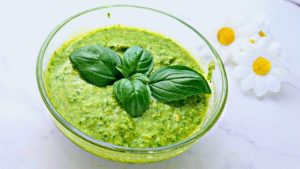
How To Make Keto Basil Pesto Recipe Keto Sauce Ready in 5 Minutes

Mediterranean Inspired Keto Chicken Wraps With Ranch

Keto Chicken Liver Casserole Recipe: High Protein Dinner

Flourless Keto Tuna Fish Wraps Recipe: Gluten Free, Low Carb

Keto Mediterranean Cod Recipe With Walnut Crust: Gluten Free
